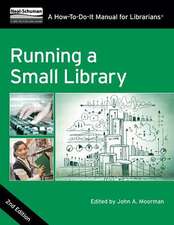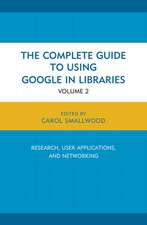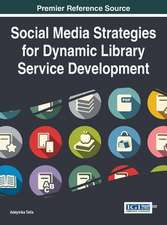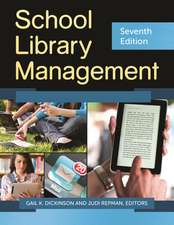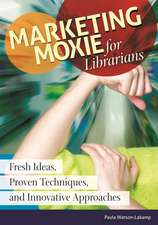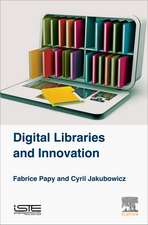Teaching with Digital Badges: Best Practices for Libraries: Innovations in Information Literacy
Autor Kelsey O'Brien, Trudi E. Jacobsonen Limba Engleză Hardback – 14 sep 2018
Preț: 656.80 lei
Preț vechi: 852.99 lei
-23% Nou
125.68€ • 131.22$ • 104.01£
Carte tipărită la comandă
Livrare economică 04-18 aprilie
Specificații
ISBN-10: 1538104164
Pagini: 222
Dimensiuni: 152 x 229 x 25 mm
Greutate: 0.68 kg
Editura: Rowman & Littlefield
Seria Innovations in Information Literacy
Descriere
Digital Badges are gaining traction in the education landscape, and librarians have been some of the leading pioneers at the forefront of this exciting new frontier. This book provides examples of how badges are being used to enhance and invigorate the teaching and assessment of information literacy. Chapters provide inspiration for teaching librarians interested in:*Providing an engaging experience for their students *Gaining insight into this growing innovative technology trend*Discovering how librarians are using badges to enhance their teaching*Forming meaningful collaborations with faculty and teachers*Developing knowledge about badge system design and badging platforms*Learning how badges can motivate, support, and celebrate learning achievements*Launching a badging projectThe book is divided into two sections.
The first section explores the environment in which badges are being developed, in particular situating them within the current educational setting, and provides guidelines on how best to create a badging program. The second section details contributing authors' firsthand experiences creating, implementing, and refining digital badges and digital badging systems, in some cases collaborating with teachers and faculty. These chapters provide a wealth of ideas about using digital badges in academic and school libraries to engage and motivate students.












